Info
Subfamily: Pooideae
Genus etymology: Bromus = "food" [Greek] the ancient name for oats (Avena)
Species etymology: catharticus = "purgative" [Latin] unclear
Photosynthetic type: C3 (cool season)
Nativity: naturalized - accidental
First recorded in Hawaiʻi: 1871
Map
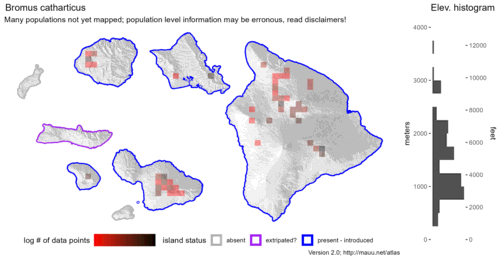

Inflorescence
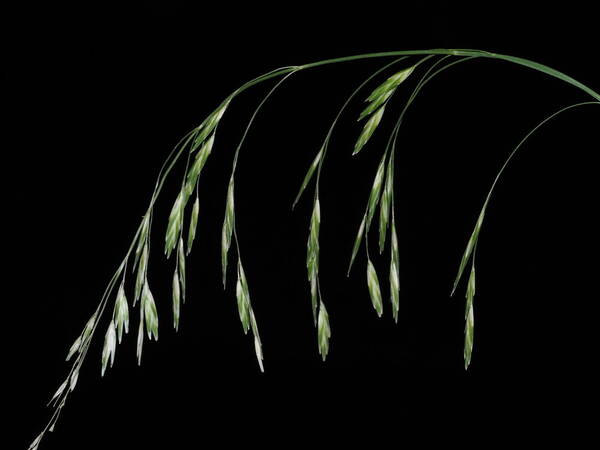
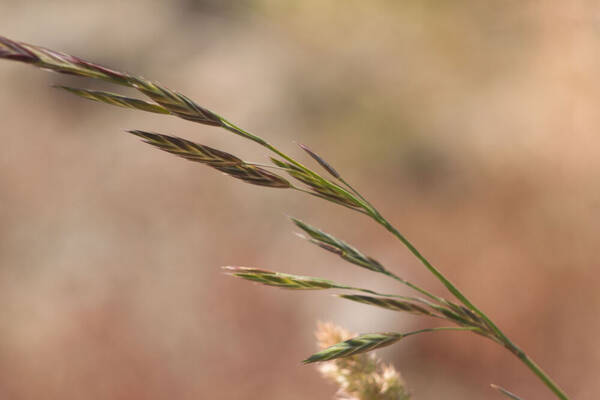
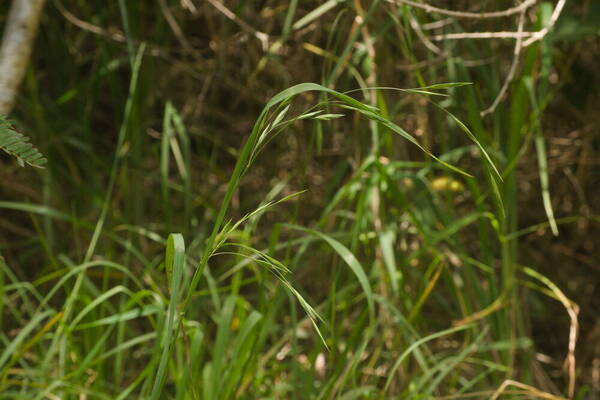
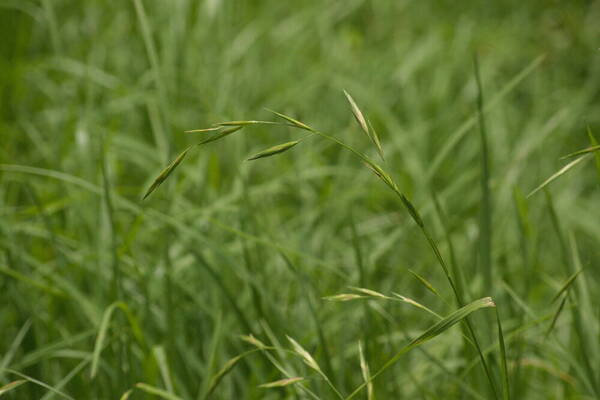
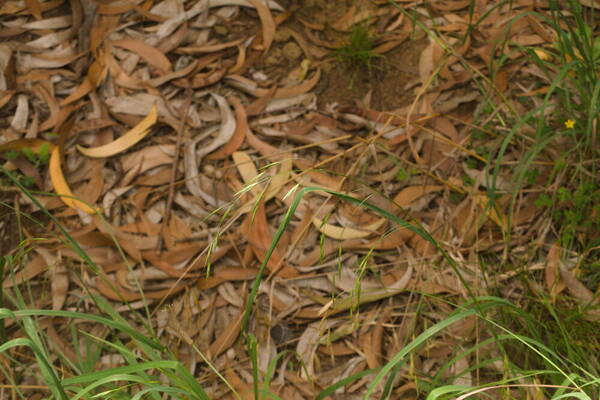
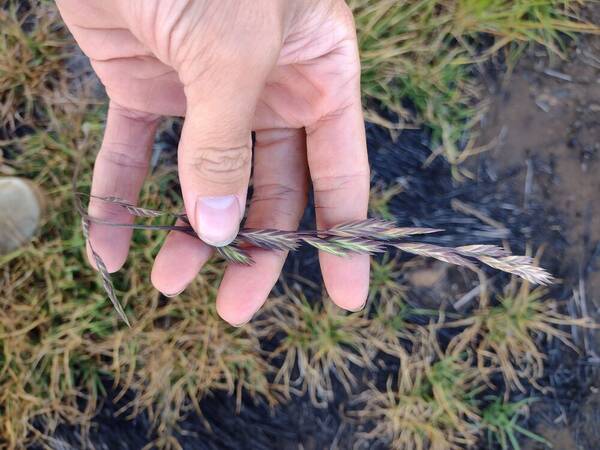
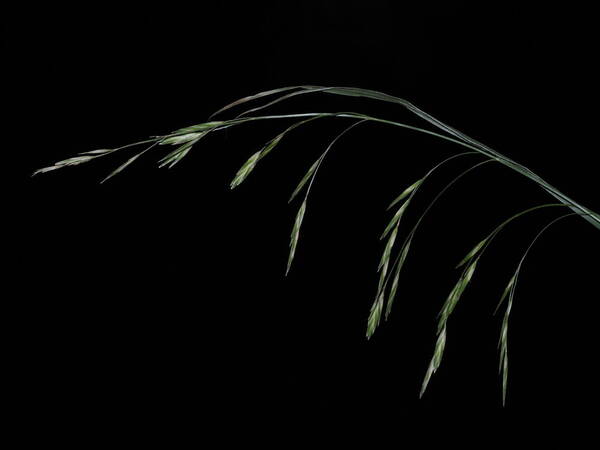
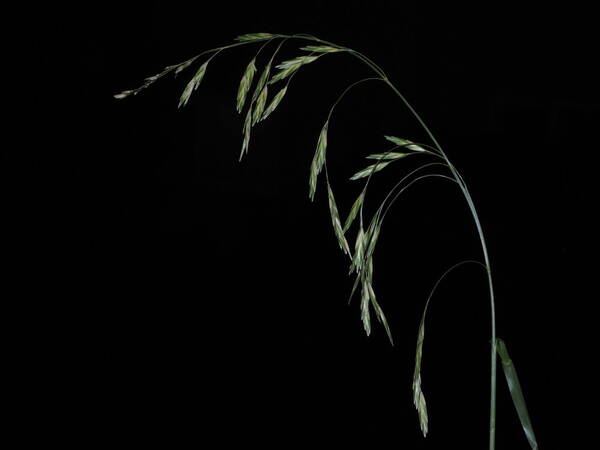
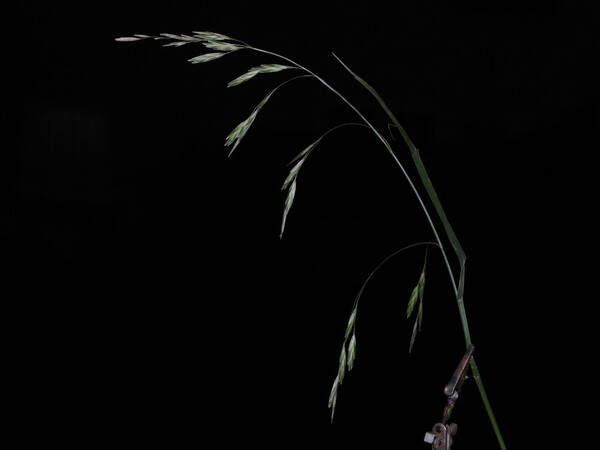
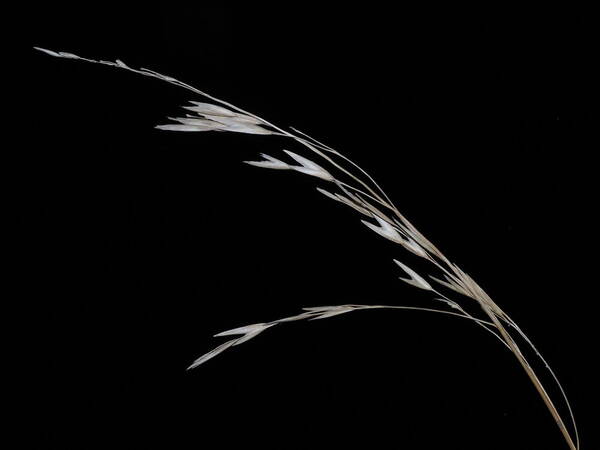
Plant
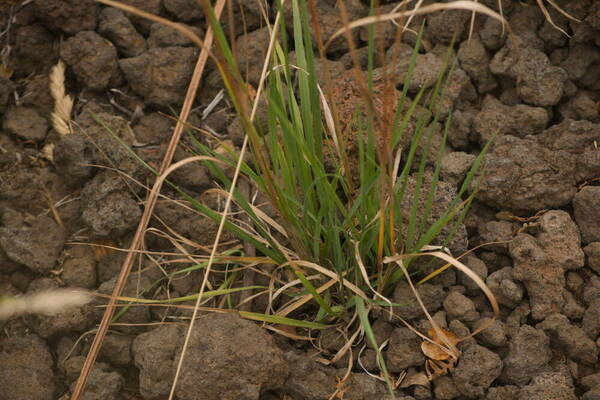
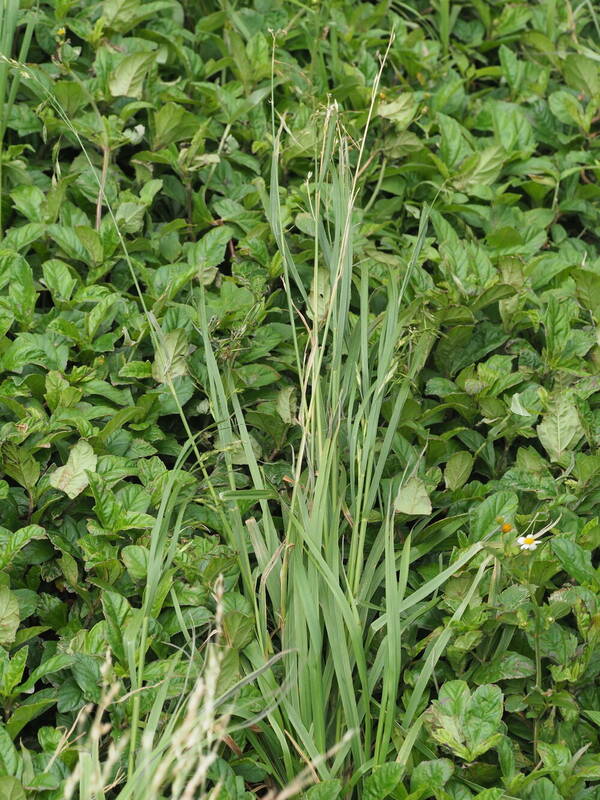

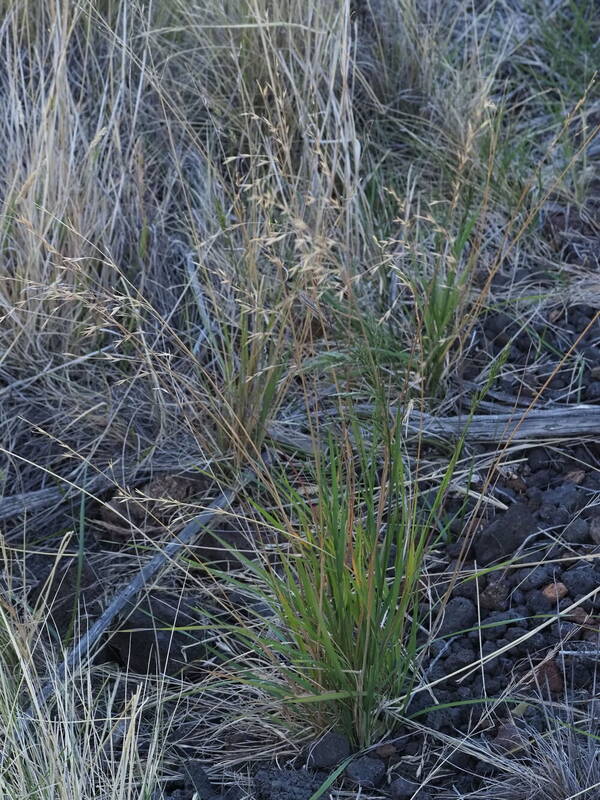
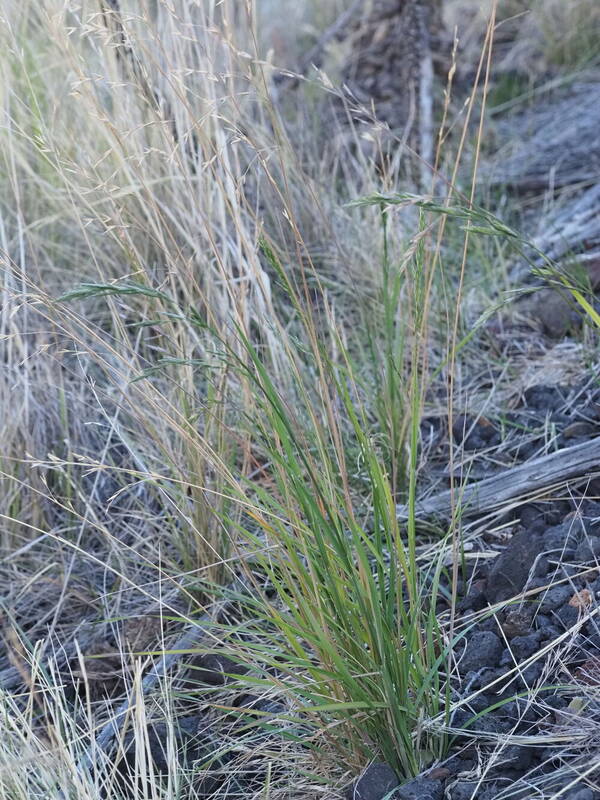
Habit
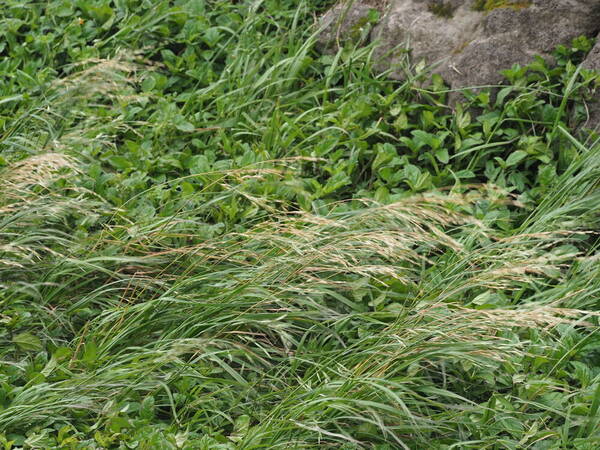

Spikelets
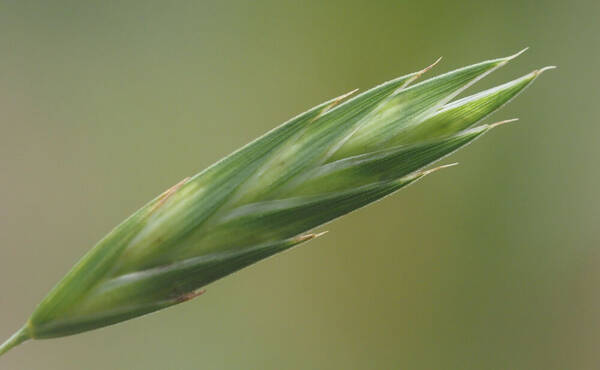
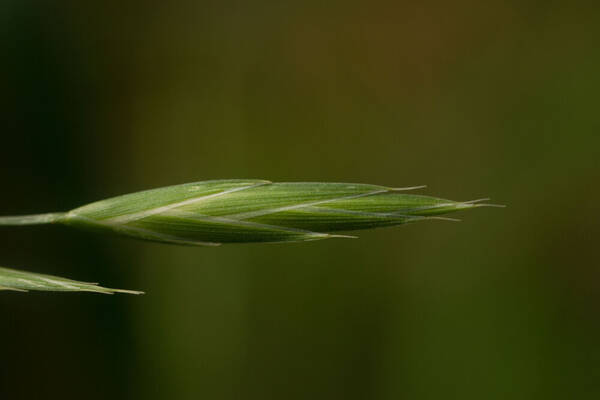
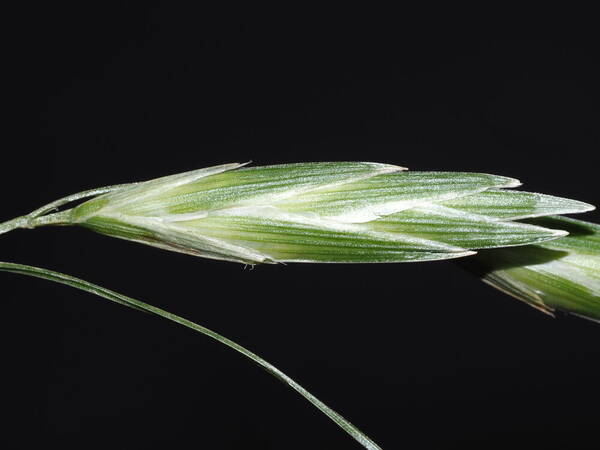
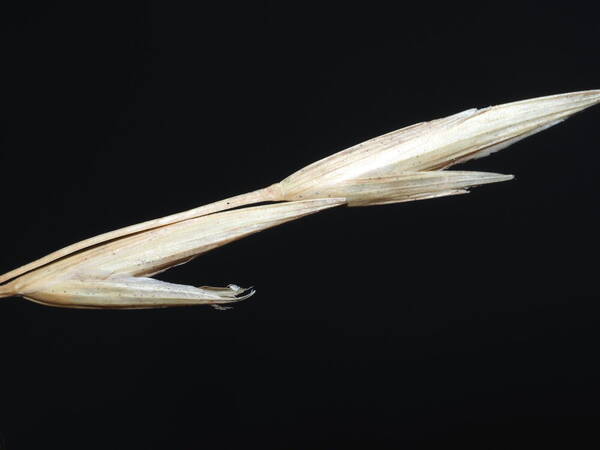
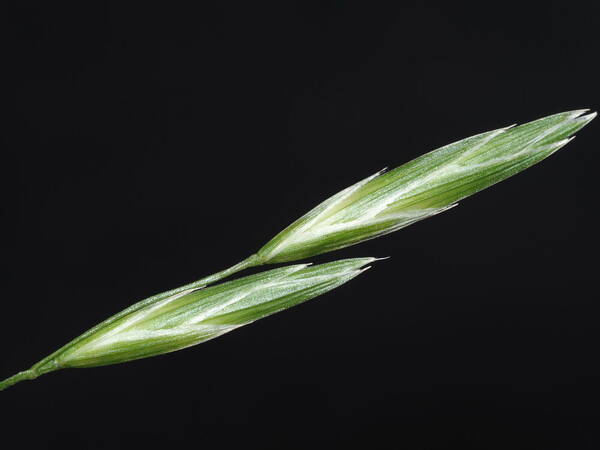

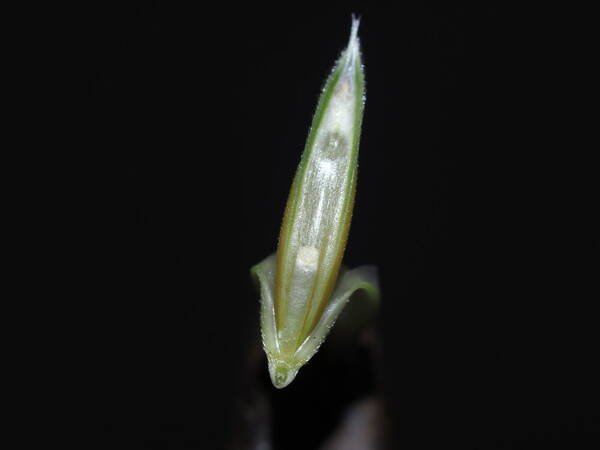
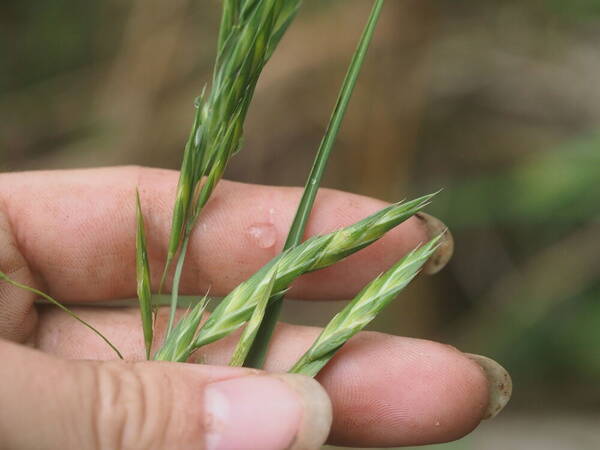
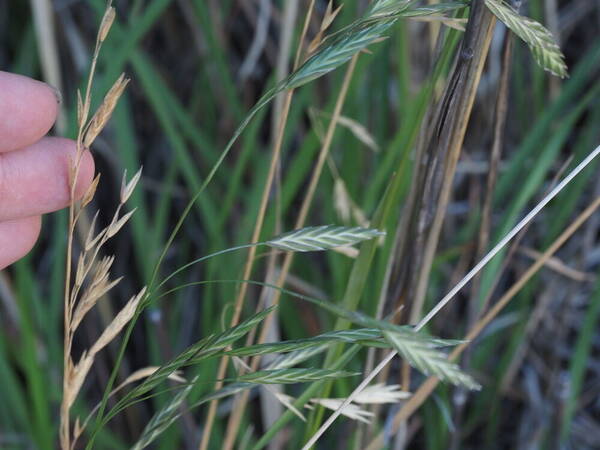
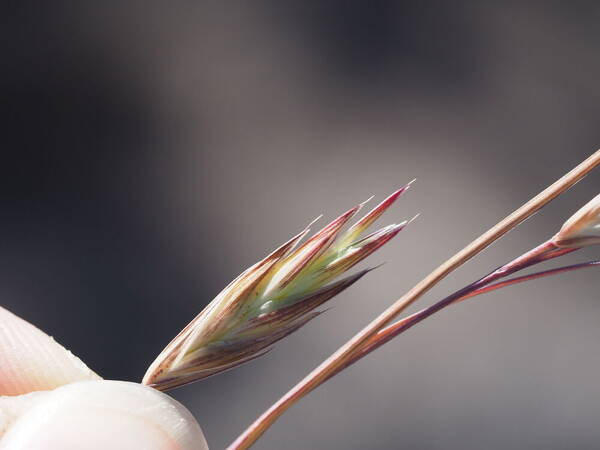
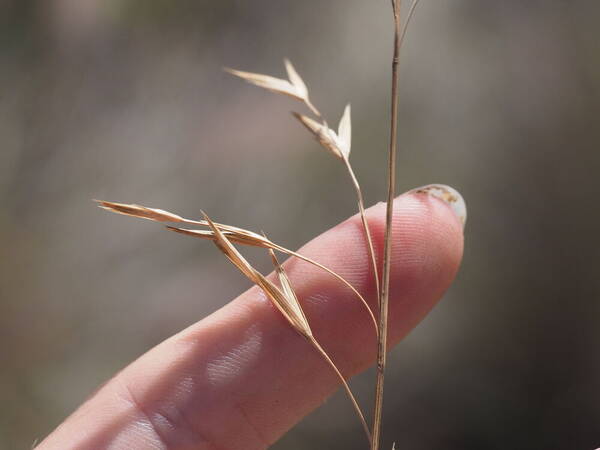
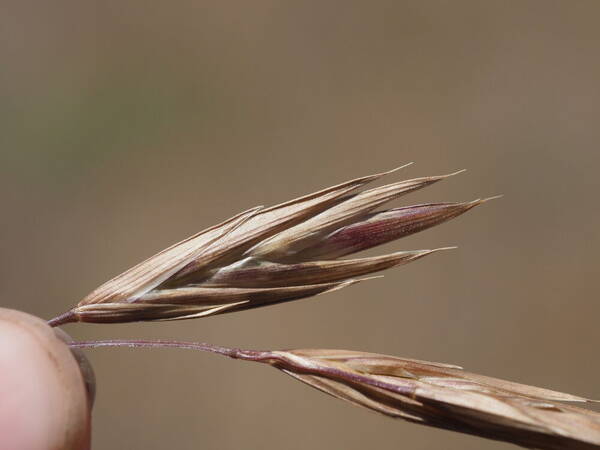
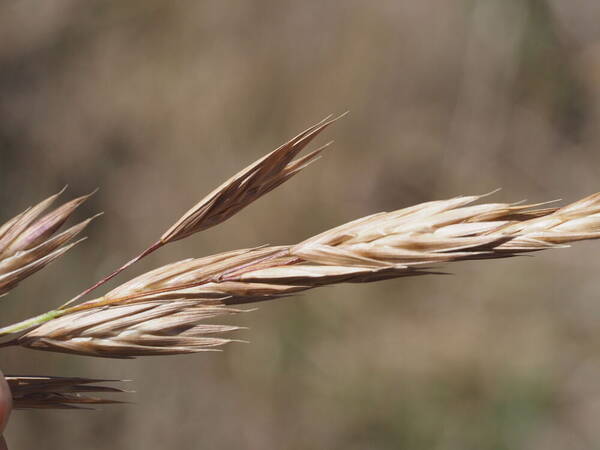
Description
Plants annual, biennial, or perennial; loosely cespitose or tufted. Culms 30-120 cm tall, 2-4 mm thick, erect or decumbent. Sheaths usually densely, often retrorsely, hairy, hairs sometimes confined to the throat; auricles absent; ligules 1-4 mm, glabrous or pilose, obtuse, lacerate to erose; blades 4-30 cm long, 3-10 mm wide, flat, glabrous or hairy on both surfaces. Panicles 9-28 cm, usually open, erect or nodding; lower branches shorter than 10 cm, 1-4 per node, spreading or ascending, with up to 5 spikelets variously distributed. Spikelets (17)20-40 mm, shorter than at least some pedicels and branches, elliptic to lanceolate, strongly laterally compressed, not crowded or overlapping, with 4-12 florets. Glumes smooth or scabrous, glabrous or pubescent; lower glumes 7-12 mm, 5-7(9)-veined; upper glumes 9-17 mm, 7-9(11)-veined, shorter than the lowest lemma; lemmas 11-20 mm, lanceolate, laterally compressed, strongly keeled, usually glabrous, sometimes pubescent distally, smooth or scabrous, 9-13-veined, veins often raised and riblike, margins sometimes conspicuous, hyaline, whitish or partly purplish, apices entire or toothed, teeth acute, shorter than 1 mm; awns absent or to 10 mm; anthers 0.5-1 mm in cleistogamous florets, 2-5 mm in chasmogamous florets. 2n = 42.
(Description source: Barkworth, M.E., Capels, K.M. & Long, S. (eds.) 1993. Flora of North America, north of Mexico. Volume 24. Magnoliophyta: Commelinidae (in part): Poaceae, Part 1. Oxford University Press, New York. 911 pp. http://floranorthamerica.org/Bromus_catharticus )
Stout annuals or short-lived perennials; culms erect to spreading, (2.5-)6-15 dm tall, glabrous. Sheaths 8-12 cm long, hirsute to pilose or rarely glabrous, often ciliate at throat; ligule 2.5-5 mm long, membranous, glabrous to pilose, apex erose; blades flat, 3-6 mm wide, retrorsely scabrous, sometimes sparsely pilose, auricles absent or minute. Inflorescence paniculate, (8-)12-45 cm long, the branches scabrous, 10-20 cm long, often drooping; spikelets 4- 7(-13)-flowered, strongly laterally compressed, (16-)20-45 mm long; glumes many-nerved, acuminate, strongly keeled, first glume (7-)8-11.5 mm long, second glume lanceolate to broadly lanceolate, 9- 13 mm long; lemmas 14-16 mm long, lanceolate, keeled, many-nerved, minutely scaberulous to glabrous, apex minutely bifid, awns, when present, up to 2.5 mm long; palea 8-10 mm long, acute, ciliolate. Caryopsis reddish brown, narrowly ovate, 12-14 mm long. [2m = 28, 42, 56.]
(Description source: O’Connor, P.J. 1990. Poaceae, pp. 1481–1604. In: Wagner W.L., Herbst D.R. & Sohmer S.H. (eds.)., Manual of the flowering plant of Hawaiʻi. Vol. 2. University of Hawaii Press & Bishop Museum Press, Honolulu )